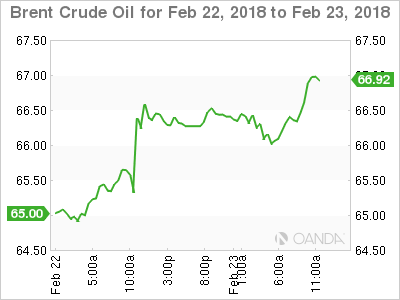Friends, buckle up! The chatter about potential rate cuts in China just got a lot more interesting. Wang Qing, Chief Macro Analyst at Orient Golden City, is throwing down a gauntlet, suggesting that the ‘wait-and-see’ approach to RRR and interest rate cuts could be over…as early as April. Yes, April!

Let’s be clear, this isn’t some wild prediction. Wang Qing bases this on a shifting global trade landscape, a struggling property sector – let’s not sugarcoat it, it’s facing headwinds – and frankly, stubbornly low price levels. The conditions, she argues, are ripe for action.
We’re potentially looking at a cumulative rate cut of 0.3 percentage points for the year, and a RRR cut of 0.5 percentage points, injecting a significant 1 trillion yuan of long-term liquidity into the system. That’s serious firepower.
But here’s the rub – and a critical point Wang Qing makes: the recent drop in 10-year government bond yields suggests the market has already priced in a lot of this anticipated easing. This means the actual impact, if delayed, could be muted. The central bank is walking a tightrope here.
Diving deeper: Understanding RRR and Rate Cuts
Firstly, the Reserve Requirement Ratio (RRR) dictates the percentage of deposits banks must hold in reserve. A cut frees up capital for lending, boosting economic activity. This is a broad-stroke stimulus.
Secondly, interest rate cuts directly lower borrowing costs, encouraging investment and consumption. These typically happen in smaller increments, like the predicted 0.3%.
Thirdly, Special Lending Facilities allow the central bank to directly support specific areas of the economy, like capital markets. This offers targeted assistance.
To maintain stability in the capital markets, beyond the usual toolkit, expect the People’s Bank of China (PBOC) to lean heavily on its special lending tools. And don’t be surprised if they pull out a new structural monetary policy tool – the PBOC isn’t afraid to innovate when necessary. This isn’t simply about stimulus; it’s about safeguarding the system. This is a critical moment, people. Pay attention.






